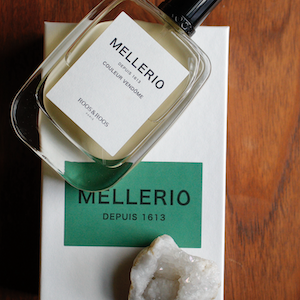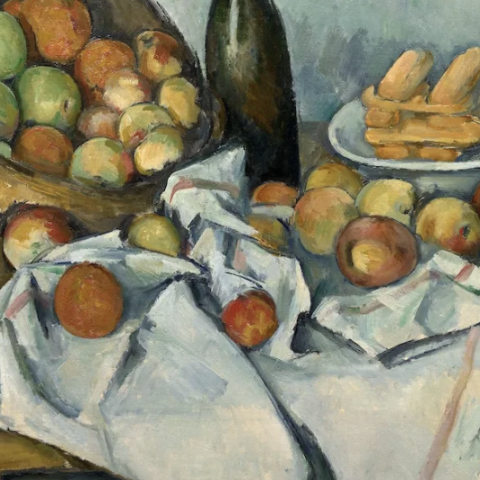Tranquil India
By Jo Phillips
A Guide to India’s Most Tranquil Travel Destination As one of the largest countries in the world and boasting the second-highest population (after China), it is unsurprising that many travellers are outfaced by the idea of exploring India. Stretching from the striking snowy Himalayas to the high-humidity tropical coastline, this vast country has every type of landscape you could imagine – and some of the busiest modern metropolises to boot.
Image by Vladimir Buynevich from Pixabay
Many who are yet to visit India picture it as cramped and chaotic, and while this is true of its biggest cities such as New Delhi and Mumbi, it is not an honest reflection of most of the country’s three million square kilometres. Tourists who choose India tours that go well beyond the capital will experience picturesque countryside, incredible wildlife, remote ruins, and striking temples.
Undoubtedly India’s most tranquil travel destination is Kerala, located on the south-westerly edge. This state gives you a taste of the country’s vibrant culture and beautiful scenery in an alluringly peaceful setting, a gentle introduction for first-time visitors seeking a restful and relaxing holiday.
Discover what makes Kerala a must for your bucket list, from a fascinating heritage and mouth-watering cuisine to glorious tea hills and spice plantations.
An Introduction to Kerala
When to Visit
The best time to visit Kerala is between January and March, before the temperatures and the humidity become uncomfortably high in the run up to the main monsoon season in summer. October and November are also good months to explore Kerala although tourists should be prepared for possible showers in the evenings.
What to Do
Although Kerala makes up barely 1% of India’s landmass, there is much to see during your visit.
A typical two-week tour begins in the historic port city of Cochin, once claimed by the Portuguese, Dutch, and British colonisers who sailed these waters, then takes you out into the picture-perfect hills of Munnar which are covered in rolling tea estates as far as the eye can see – a legacy of the British dating back to the 19th century.
You will also have the chance to stay on the edge of sprawling plantations where you can wander between paddy fields, spice farms, and rubber trees. Here you will also find tropical fruit growing in abundance which you can eat fresh or taste in delicious local delicacies such as mango curry. Food is traditionally served on a banana leaf in Kerala, spicy seafood and warming curries accompanied by a generous portion of rice.
Heading back towards the coastline, you will encounter Kerala’s backwaters, a network of small rivers and canals that can be traversed by houseboat. These houseboats are designed in the style of the vessels once used by spice merchants in these waters. Stay overnight on a boat (without forgoing any of life’s necessities) and soak in the total tranquillity of your surroundings as you spot birds and other wildlife.
The final stop of a typical Kerala tour are its beaches along the Malabar Coast. Although not the finest beaches in the Indian Ocean, certainly when compared to neighbouring Sri Lanka and the likes of the Maldives, Kerela’s coastline still provides a relaxing tropical escape and a serene setting to end your trip.
Where to Stay
Kerala has a wonderfully varied choice of holiday accommodation, ranging from boutique heritage hotels by the harbour in Kochi to peaceful homestays in the countryside where you can learn the life of the locals. Hotels in Munnar all enjoy sensational vistas of the surrounding hills and offer great walks including birdwatching trails and hikes through the tea estates. As a cherry on top of the icing, many of the hotels around the beach and backwaters have large swimming pools and spas where you can simply sit back and unwind for the final days of your holiday.



